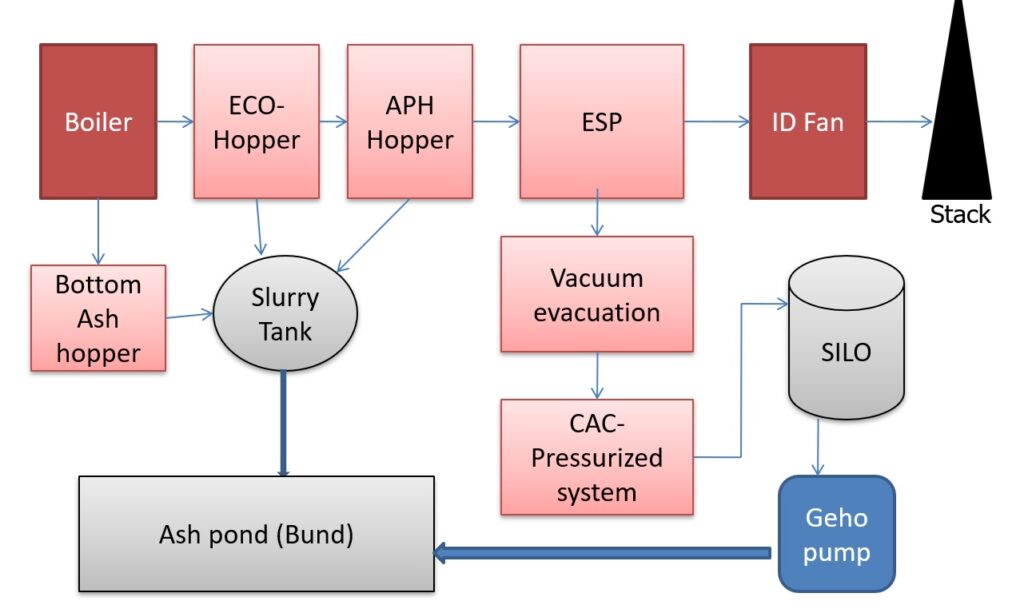Errors in Measurement MCQs with answers: Following Multiple Choice Questions (MCQs) are based on “Errors in measurement”. It is related to subject Instrumentation, Industrial Measurement and Applications.
Topics: Types of errors in measuring instruments such as Systematic Errors, Instrumental Errors, Environmental Errors, Observational Errors, Random Errors,
Limiting Errors, Gross Errors etc.
This topic is mostly beneficial in the field of Instrumentation, Electronics, Electrical and Mechanical Engineering.
These MCQs will be useful in various competitive examinations, entrance examinations, oral examination (Viva voce), certifications and interviews.
MCQ on Errors in Measurement
Que.1 Error of measurement is the difference between
- True value & measured Value
- Precision & True value
- Measured Value & Precision
- None of the above
✔ View Answer
Option 1: True value & measured Value
Que.2 The error caused by poor calibration of the instrument is called ____.
Random Error
Systematic Error
Gross Error
Precision Error
✔ View Answer
Option 2: Systematic Error
Explanation: Constant and uniform deviation of the error is called Systematic error.Systematic errors occur due to incorrect or poor calibration of the instrument.
One more reason is that the instruments used with substandard spare parts, due to worn, environmental effects, aging.
Que.3 Which of the following is not a type of systematic error?
- Instrumental Errors
- Environmental Errors
- Observational Errors
- Gross error
✔ View Answer
Option 4: Gross error
Que.4 _____ is caused by careless handling of instruments.
- Systematic Error
- Random Error
- Gross Error
- None of the above
✔ View Answer
Option 3: Gross Error
Explanation: Gross errors occur due to the lack of experience of human beings.These cover human mistakes in noting down the readings, recording the process variable, and calculating results. These readings occur due to the incorrect adjustments of the instruments.
Que.5 Gross error can be prevented by the taking measures
- Precautious reading and recording of data.
- Taking multiple readings, by different persons.
- None of the above.
- Both 1 and 2.
✔ View Answer
Option 4: Both 1 and 2.
Que.6 The difference between the true value of the measured quantity to the value shown by the measuring instrument under varying conditions:
- Static error
- Absolute error
- Dynamic error
- None of these
✔ View Answer
Option 3: Dynamic error
Explanation: The dynamic error is the difference between the true value of the quantity changing with time and the value indicated by the instrument if no static error is assumed.Que.7 If the instrument is used in wrong manner while application, then it will result in
- Systematic Error
- Random Error
- Instrument Error
- Environmental Error
✔ View Answer
Option 3: Instrument Error
Que.8 The systematic error of an instrument can be reduced by
- Making the sensitivity of an instrument to environmental input as low as possible.
- Making the sensitivity of an instrument to environmental input as high as possible.
- Calibrating the Instrument with standard one.
- None of these
✔ View Answer
Option 1: Making the sensitivity of an instrument to environmental input as low as possible.
Que.9 Random errors in a measuring system are due to
- Environmental changes
- Poor cabling Practices
- Use of uncalibrated instrument
- Unpredictable effects
✔ View Answer
Option 4: Unpredictable effects
Explanation:The errors, which occur due to unknown sources during measurement time are known as random error. Hence, it is not possible to eliminate or minimize these errors.
Que.10 How to reduce random error?
- Take a greater number of readings by different observers.
- Do statistical analysis on the readings obtained in Step1.
- Perform both 1 and 2
- None of the above
✔ View Answer
Option 3: Perform both 1 and 2
Que.11 Which of the following parameters used in statistical analysis?
- Mean
- Median
- Variance
- All of the above
✔ View Answer
Option 4: All of the above
Explanation: Following are the parameters that are used in statistical analysis.1. Mean
2.Median
3.Variance
4.Deviation
5.Standard Deviation
Que.12 To compare an unknown with a standard through a calibrated system is called
- Direct comparison.
- Indirect Comparison.
- Both 1 and 2.
- none of the above.
✔ View Answer
Option 2: Indirect Comparison.
Que.13 Degree at which an instrument indicates the changes in measured variable without dynamic error is called _____.
- Speed of response
- fidelity
- Reproducibility of instrument
- its static characteristics
✔ View Answer
Option 2: fidelity
Que.14 Which of the following may not be a cause of Environmental error?
- Changes in temperature, humidity
- Availability of dust
- Effects of external magnetic or electrostatic fields
- Improper use of instruments
✔ View Answer
Option 4: Improper use of instruments
Explanation:These errors are due to the conditions external to the measuring instrument. Ambient parameters such as temperature, pressure, humidity, dust, the effect of external magnetic and electrostatic fields, aging of the instrument, frequency sensitivity of the instrument.
Such errors can be avoided by providing air conditioning, cleaning the instruments, housing the instruments in a proper protecting cover.
Gross error occurs due to improper use of instrument.



Hello electronicsforyou.in admin, You always provide useful information.
To the electronicsforyou.in admin, Great content!
Useful, thank you for sharing the article
Most welcome. That is a good article.